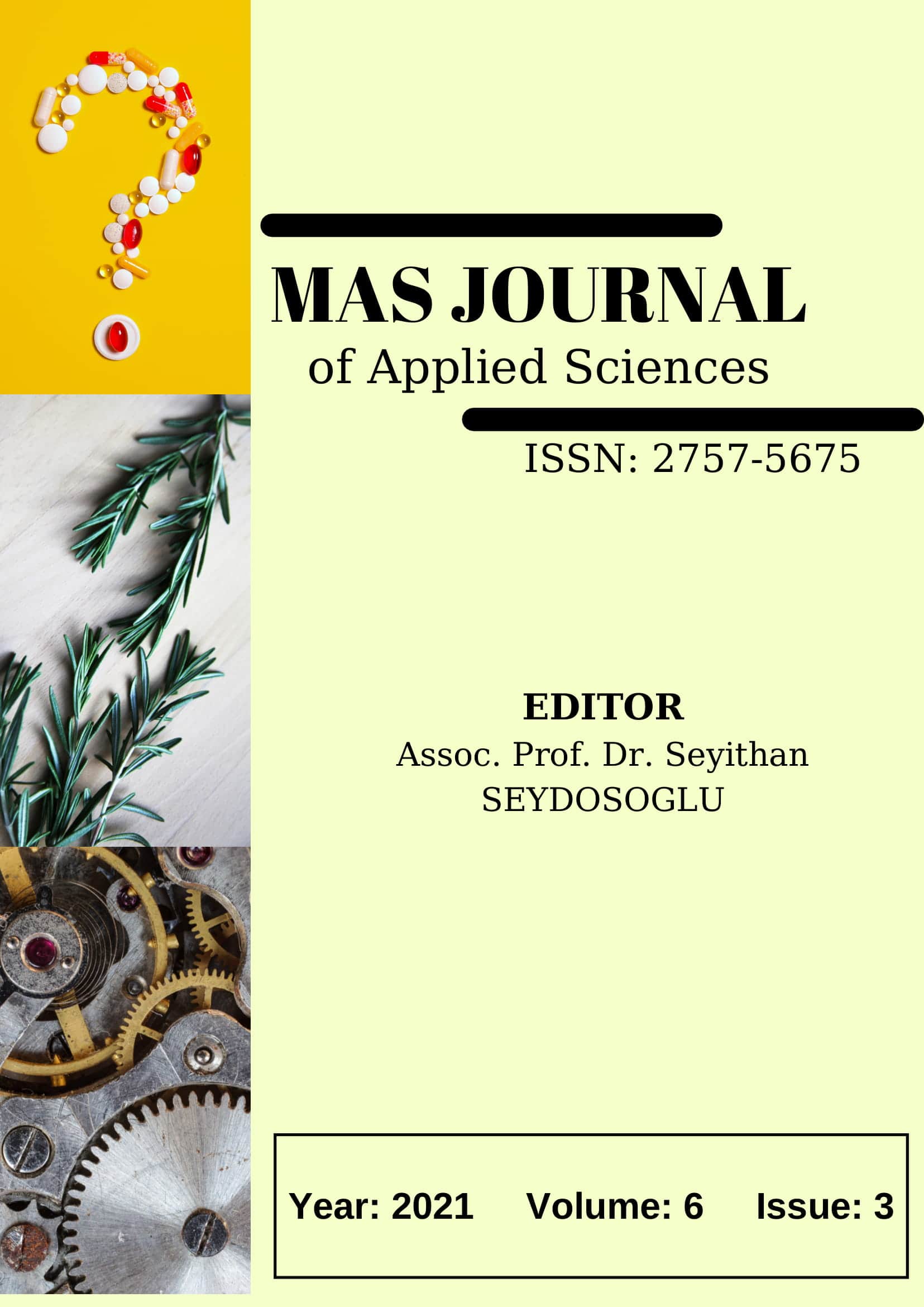Use of Ultrasound In Food Processing and Preservation
DOI:
https://doi.org/10.52520/masjaps.116Keywords:
Ultrasound, cavitation, food process, enzyme and microbial inactivationAbstract
The modern food industry is always on the lookout for innovative technologies that can produce high quality and safe products, increase processing efficiency and reduce energy consumption. Ultrasound technology, one of these techniques, has great potential for various processes in the food industry. Ultrasound is defined as sound waves with frequencies above the human hearing threshold. Powerful ultrasound used in food processing is used at low frequencies (20-100 kHz) and causes cavitation at sound intensities of 10-1000 W/cm2. Cavitation is expressed as the formation and explosion of bubbles during the propagation of sound waves, and temperatures up to 5000K and pressure up to 2000 atm can occur locally with the intensity of the explosion. Ultrasound changes the mechanical, physical and chemical / biochemical properties of the food due to cavitation, results in shortening the reaction time, increasing efficiency and reducing costs compared to traditional food processing methods. Although using ultrasound alone is not very effective in achieving bacterial and enzyme inactivation for food preservation, the use of ultrasound in combination with pressure and/or heat offers promising results. Thermosonication (heat+sonication), manosonication (pressure+sonication) and manothermosonication (heat+pressure+sonication) applications are also important in terms of preserving both the nutritional components of the food and the sensory properties. This review summarizes information on the use of ultrasound in food processing (cutting, filtration, extraction, crystallization, thawing, drying, defoaming and degassing, emulsification, cooking) and preservation (microbial and enzyme inactivation).
Downloads
Published
How to Cite
Issue
Section
License
Copyright (c) 2021 The copyright of the published article belongs to its author.

This work is licensed under a Creative Commons Attribution-NonCommercial 4.0 International License.


